Price-marked packs bring assurances to customers and sales to stores. Charles Whitting finds out where and how retailers can make the most out of them.
What price-marked packs bring
The demand for price-marked packs (PMPs) is strong, particularly in certain categories. With purse strings tightening as uncertainty grows this winter, having a range of products that customers feel they can trust the price of can be an important tool for retailers looking to beat the competition. With many stores looking to shake the tag of being more expensive than multiples, PMPs can providethat certainty.
According to Lumina Intelligence, around 47% of current convenience baskets include PMPs, with 82% of people actively looking for them as part of their weekly shop. ‘‘Value-for-money confectionery continues to be a hugely popular choice for shoppers, particularly as financial circumstances have changed over the course of the pandemic,” says Mark Walker, sales director at Swizzels. “According to recent research, one in five shoppers are more likely to shop in a particular convenience store if they know it stocks PMPs, and PMPs sell five times more than non-price-marked equivalents, so it’s important for retailers to stock a range of value products from popular brands to boost sales.”
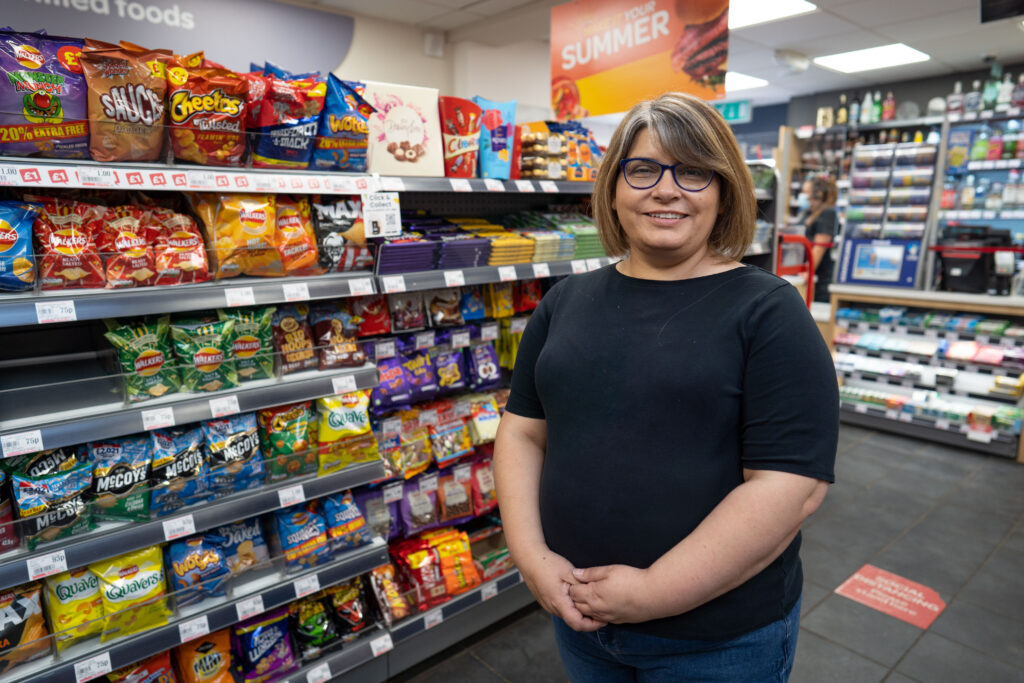
Jacqui Dales, at London Road Bakery, Boston
Retailer view: Jacqui Dales, Londis Road Bakery (Spar), Boston, Lincolnshire
“Since the start of lockdown, our customers have been looking for good value for money when coming in store. In the last year, we’ve moved a lot more into the £1 PMP space.
“For a customer who wants a good value for money purchase, it’s a real no brainer that they pick a grab bag at this price point. “We’re constantly evolving our range of products in order to adapt to shopper demands, and we felt like we were really missing a trick by not stocking enough £1 PMP.
“We never realised just how many strong lines were included as part of Walkers Hero 25, so since May this year we’ve substituted a number of £1 PMP into the bay in place of a few lines of singles.”
The pros of PMPs
For some retailers, PMPs are an essential part of their store’s offer. Kim Patel, from Ardingly News Stores in Ardingly, West Sussex, tries to stock PMPs wherever possible.
“I love PMPs,” he says. “It builds up confidence with my customers. Anything that I have in store, if it’s price-marked then it sells. People pick them up more confidently when they’re price-marked and I’ve 100% seen a growing demand for it. Where my shop is located, I find that it’s branded products that are more popular. If it’s branded and price-marked, people will just buy it.”
Having a consistency in your pricing can also provide a reassurance that results in repeat purchases and custom from shoppers, as they are more likely to go back to places where they know what the prices will be in advance, rather than worrying about potential increases should a sale come to an end. This is particularly relevant now as consumer confidence is fragile.
“It is always important to convey value to the customer, but you also want to build reliability and ensure the customer can depend on you within their budget. By offering one-off deals and the odd price reduction, retailers risk introducing new products to customers that, without a promotion, they will choose not to buy,” says a spokesperson for Boost. “By offering PMPs it allows you to build up reliable value where you can become a staple in the customer’s shopping basket. The customers know they are paying what is deemed a good price, and it builds trust, which is an integral part of the shopping experience.”
The cons of PMPs
However, it is important for retailers to make sure they understand the risk to their margins when it comes to PMPs. Ferhan Ashiq, from Day Today in Prestonpans, East Lothian, who is also Scottish president of the NFRN, feels that currently the margin on PMPs isn’t enough to justify stocking them.
“In theory, they’re great because they help to make consumers feel confident about the price they’re paying,” he says. “But if I can’t get margins of 25% on crisps, 30% on confectionery, 25% on alcohol and 35% on soft drinks then I’m going to struggle to survive. I’m actively taking PMPs out of my store.
“I can’t, at the current margins and prices, support PMPS, with the current cost climates and with increased wages, increased delivery and electric costs.
“Our margins must reflect our costs otherwise we will go under. Sales are still good but they’re not much use if you’re making a loss on them. Wholesale costs are rising but suppliers don’t take that into account. The formula that suppliers use to decide PMPs is not currently fit for purpose.”
Categories where value is important
It would be possible to have every product in your store price-marked, but it is important to strike a balance, focusing on items that sell better when they are price-marked and avoiding PMPs where they won’t have the desired impact. Chilled foods can enjoy a strong improvement in sales if they are price-marked, for example.
“Saputo Dairy UK advocates merchandising PMPs in the main chilled/dairy fixture as part of the core range and ensuring that they are in the relevant category fixture, driving footfall to your PMP range,” says Allison Wallentin, category manager for convenience at Saputo Dairy UK. “Stock a core range of best sellers, remembering that the top lines will contribute a disproportionately high percentage of category sales.”
Pet food is another category where customers – unwilling to compromise on brands – will be looking for the best deal when shopping for essential products.
“As most pet food purchases are highly planned, with shoppers visiting fixtures on ‘autopilot’, by stocking premium PMP meals for pets, retailers can stand out from the competition,” says Simon Spear, customer director, discounters and convenience at Mars Petcare UK.
Soft drinks are another category where PMPs enjoy significant popularity and are worth considering as a complementary addition to your range, particularly for impulse purchases.
“Accounting for more than 60% of total soft drink sales in independent and symbol convenience stores, PMPs offer visible value – which can help to reassure shoppers who are spending carefully but who want to enjoy their favourite brands,” says Amy Burgess, senior trade communications manager at Coca-Cola Europacific Partners (CCEP). “We expect larger packs to remain in high demand as people continue to make the most of the opportunity to socialise at home, and enjoy festive occasions like Halloween, Bonfire Night and Christmas with friends and family.”
The impulse opportunity of PMPs
As well as people keen to save money, PMPs can also be attractive to people looking to save time on their shop, providing quick and accessible information about how much something costs. For retailers, this customer preference can be of particular benefit in on-the-go categories. As people return to commuting and start travelling more often, having a strong range of snacks and soft drinks that are price-marked can help to boost basket spend.
“With healthy snacking firmly back in the spotlight and PMPs playing a big part in a customer’s purchasing decision, there has never been a more important time to consider PMP formats in the healthier snacking category. Not only will shoppers be looking for a healthier snacking option, but they will also be looking for a good value product, and PMPs demonstrate just that,” says Melanie Tucker, head of out of home at Graze. “We predict that impulse sales are only going to be on the up as more people are on the move again. For more impromptu buys, customers want products that clearly state the price on pack and to show that they are good value for money instantly.”
This approach has brought significant popularity within CSN category, with 40% of shoppers saying they are more likely to buy CSN in a PMP format. “Across the CSN market, £1 PMP ranges are growing in value at 6.8% ahead of overall market growth,” says Matt Collins, trading director at KP Snacks. “£1 PMP ranges are the main driver of growth in C&I and represent 70% of the sharing segment, the largest within Impulse.
“The PMP format is now the largest format within CSN across symbols and independents. Fifty-four percent ofshoppers purchase items on impulse and PMPs drive these sales through clear messaging and displays.”
The same is true of soft drinks, meaning that a strong PMP offer in multipacks will attract customers looking to save money and a strong PMP offer on single bottles and cans will appeal to more timepoor customers.
“PMPs are considered by many retailers as a promotional mechanism, therefore stocking PMPs ultimately drives profit and adds growth to the overall soft drink category, with one in five consumers driven to purchase a soft drink on impulse, if it is on promotion,” says a spokesperson for Red Bull.
This feature appeared in the 2 November issue of Retail Express.

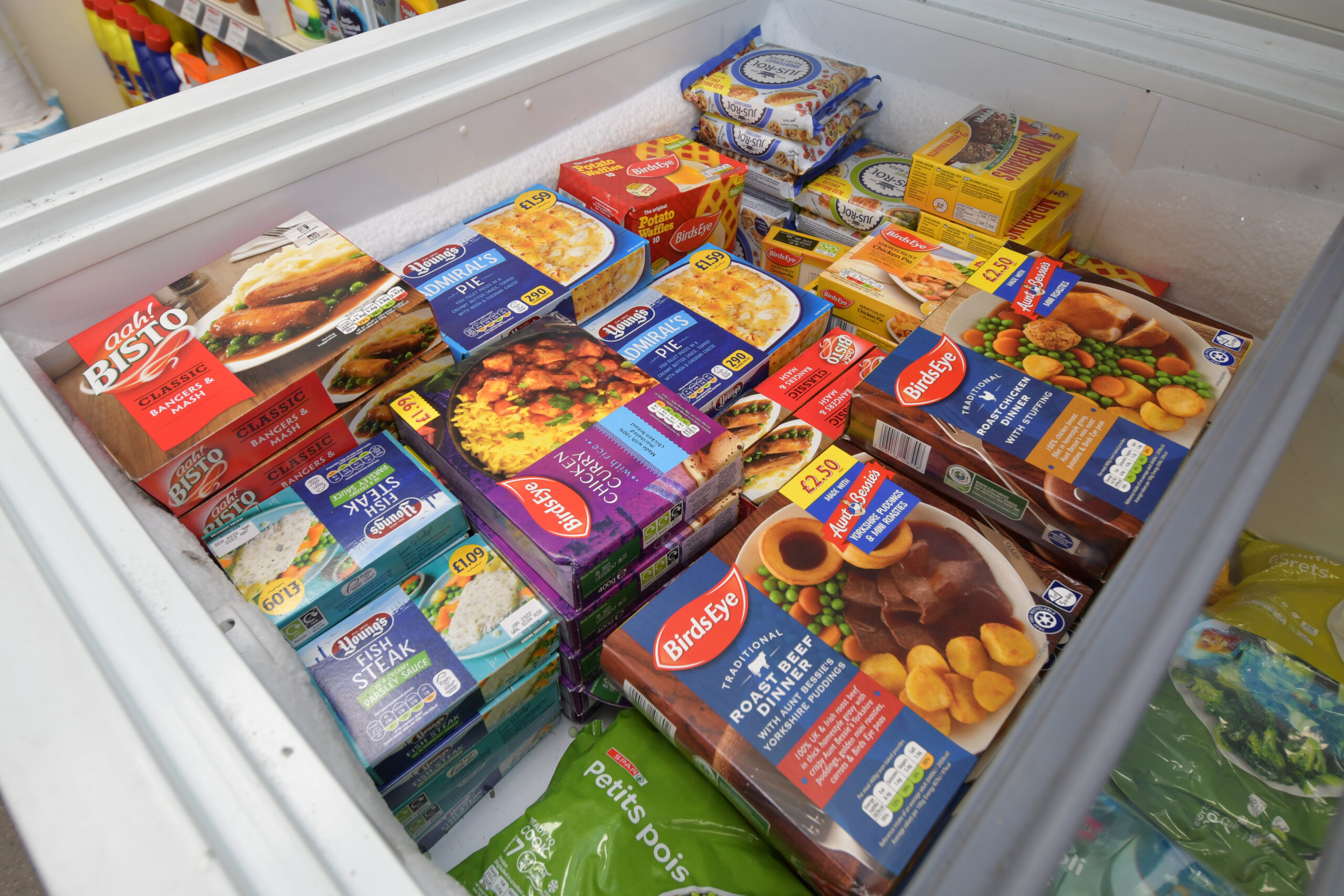
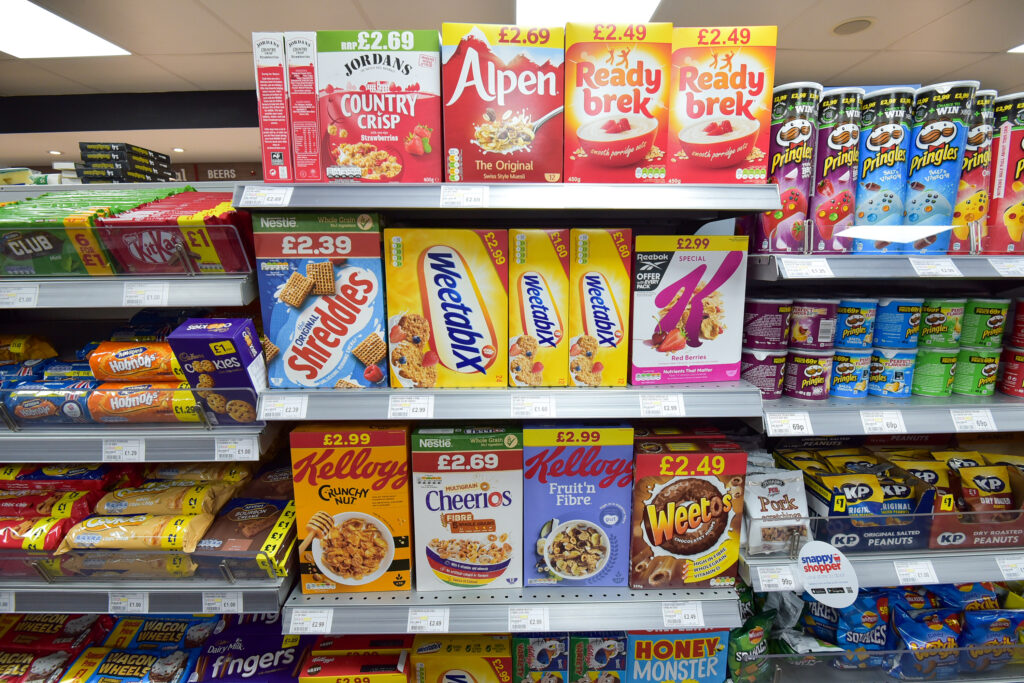
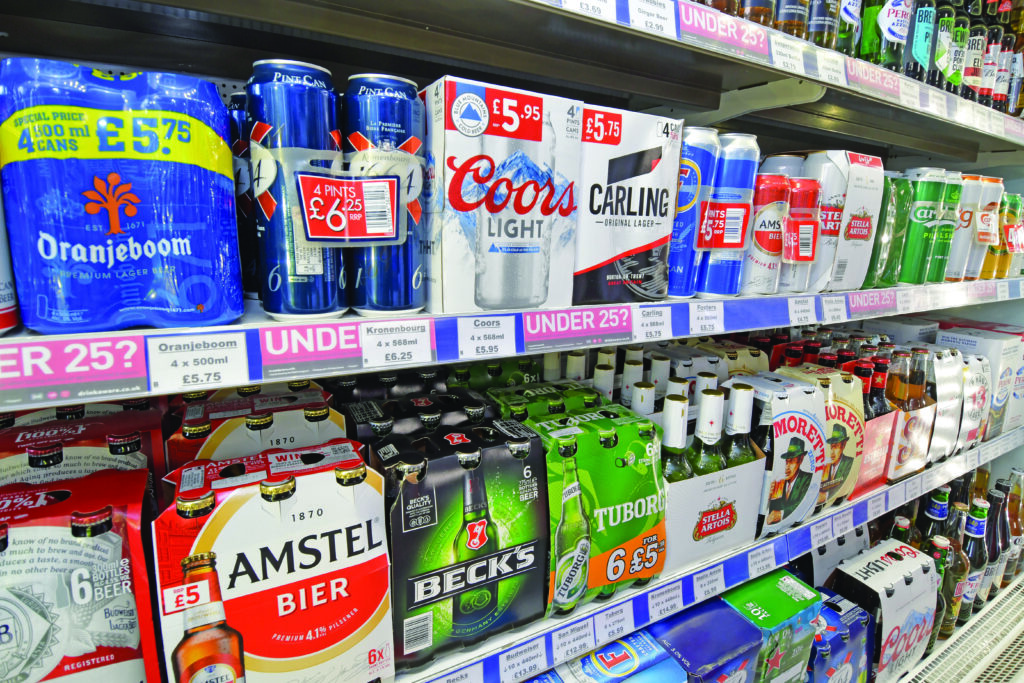
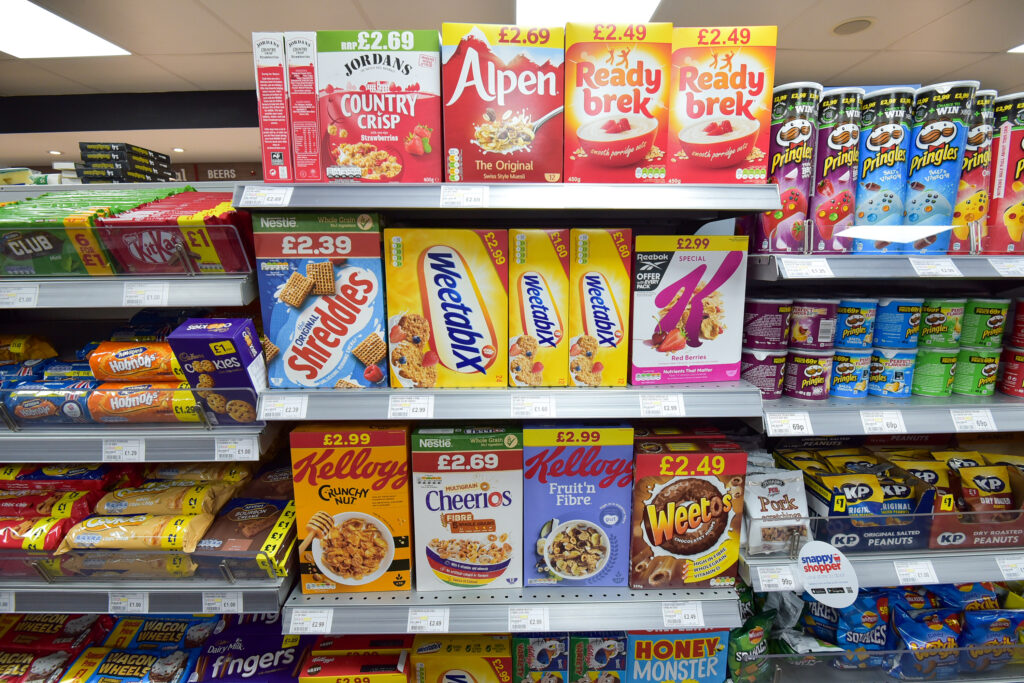

Comments
This article doesn't have any comments yet, be the first!